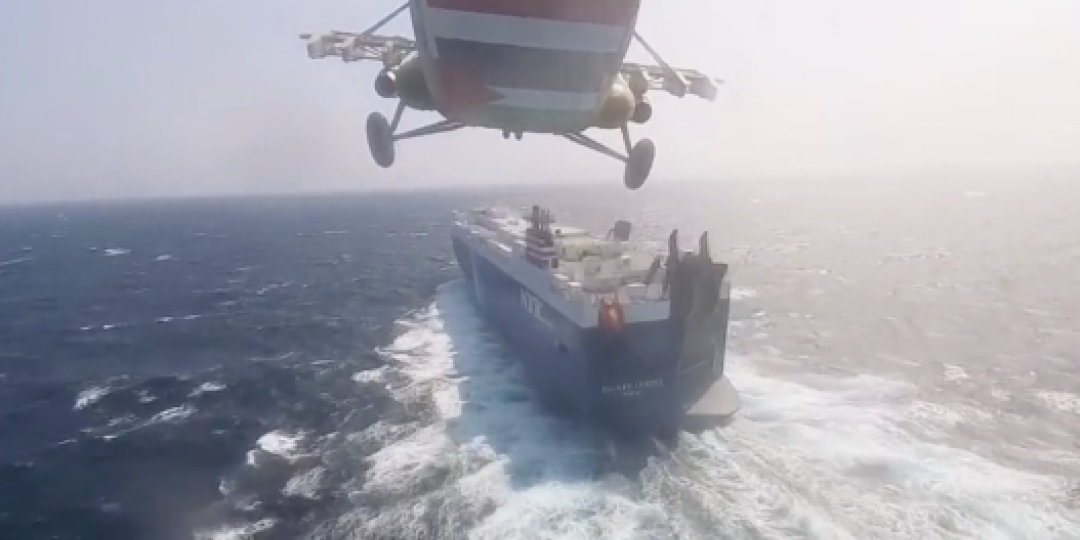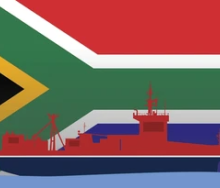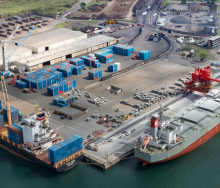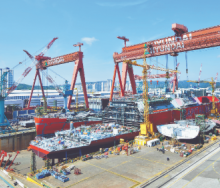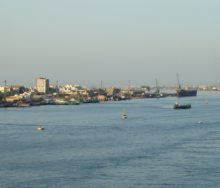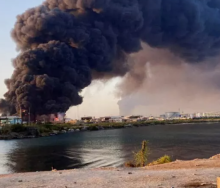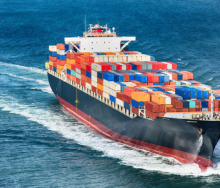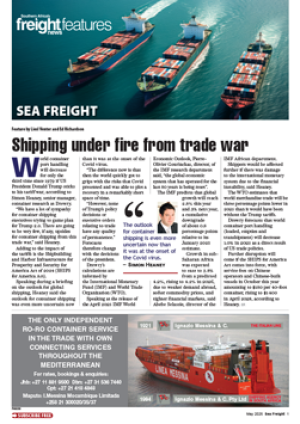As a tenuous peace settled over Gaza on Friday morning following a Qatari-brokered ceasefire between Israel and Hamas, fears remain that a wider escalation could threaten and destabilise merchant shipping in the Middle East and Africa (MEA) region, as it already has.
Referring to the weekend’s incident in which Iran-backed Houthi militants from Yemen attacked and hijacked a roll-on roll-off (ro-ro) vessel sailing south through the Red Sea, Chatham House research fellow Farea al-Muslimi said there was a real possibility of similar attacks.
For the time being the Galaxy Leader, which was transporting 4 500 vehicles from Türkiye to India, remains in the Yemeni port of Hodeidah.
The vessel was making its way towards the Bab al-Mandab Strait, a narrow choke point south of the Suez Canal, when the rebels rappelled from helicopter gunships onto the deck of the ro-ro before taking charge of the carrier.
Al-Muslimi, who specialises in MEA for the London-based think tank, said the relative ease with which the rebels seized the ship goes to show how dangerous the Houthis are.
“We have not yet seen what the Houthis are capable of,” Al-Muslimi said, describing the militia movement as being transformed from the ragtag rebel group that used to hide out in the mountains.
“One should not underestimate the recklessness of the Houthis. If it wasn’t for them, there wouldn’t be a war in Yemen to start with.
“Their drone and missile capability with the support of Iran has dramatically increased since 2015, and I would totally warn against underestimating their capabilities.”
Al-Muslimi intimated that one of the reasons the Galaxy Leader had been so easily taken was that the Houthis had been consistently underestimated by international and regional interests.
Without increased vigilance in the region, especially off the Red Sea coast of Yemen, maritime traffic worth trillions of US dollars was at stake, Al-Muslimi said.
The ro-ro, chartered by a British company, Ray Car Carriers, in which Israeli businessman Abraham “Rami” Ungar has a 50% shareholding, was hijacked mere days after the International Maritime Security Construct warned about sea traffic near Yemen.
Its operational arm, Coalition Task Force Sentinel, has advised ships to sail close to the coast of Eritrea and Djibouti, but the Strait is only 16 kilometres wide, exponentially increasing risk for ships sailing past Yemen’s Horn of Grief.
For the moment, two US Carrier Strike Groups are helping to hold back further attacks in the Gulf of Aden and the Red Sea.
The USS Dwight D Eisenhower, equipped with a Terminal High Altitude Area Defense system (Thaad), is based in the Gulf of Oman and has already hampered Houthi attacks with counter-missile strikes.
Another aircraft carrier, the USS Gerald R Ford, also equipped with Thaad capability, is holding the fort in the eastern Mediterranean.
